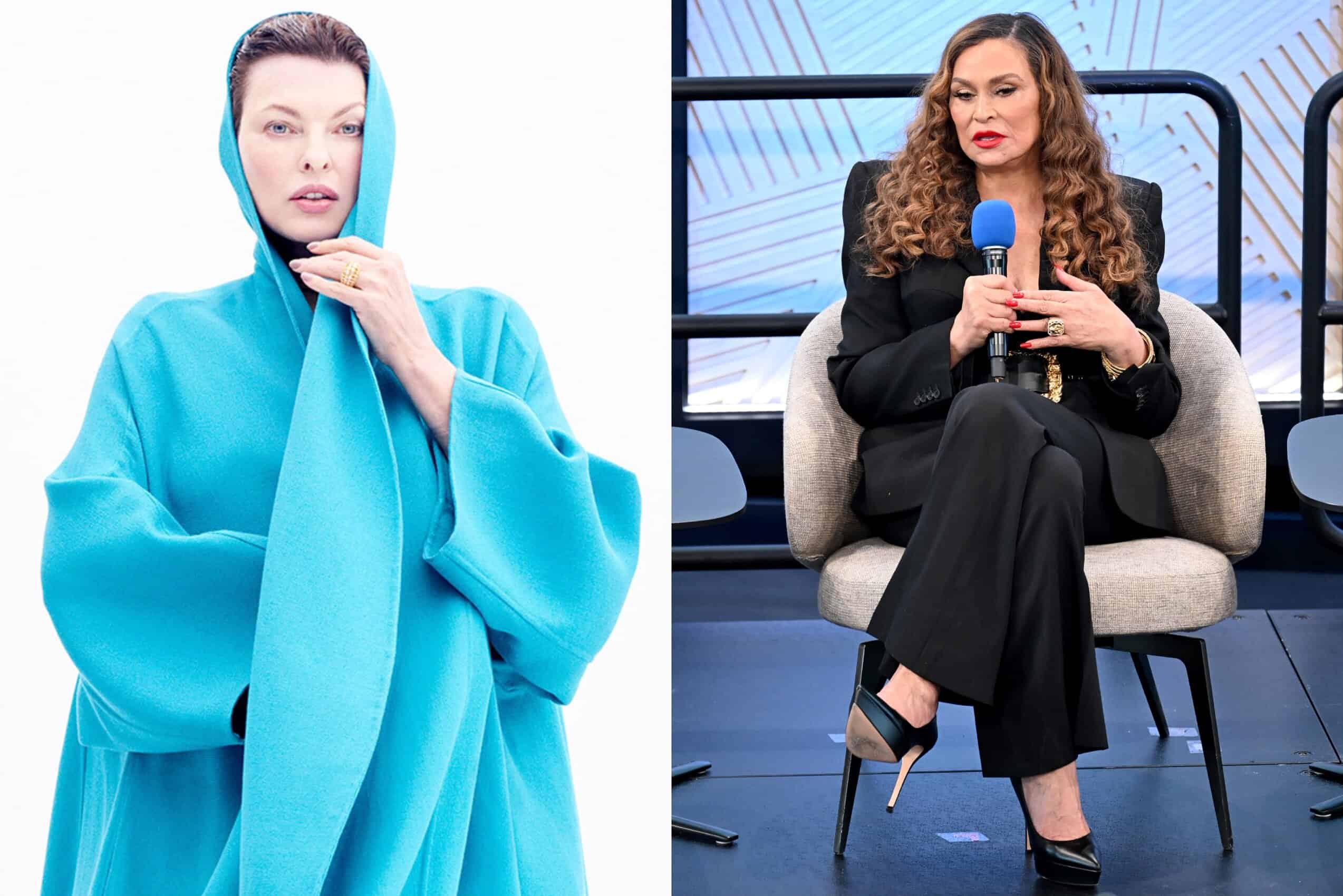There’s an ugly truth to Paul’s interactions with Sam, who tries his best to let the micro-aggressions roll off his back but eventually has to stand up for himself and point out the obvious: He just wants to be treated as a human being whose very existence doesn’t require explanations and reassurance, just like everyone else at the gathering. Anybody who is the “odd person out” in a family for reasons of gender identity, race, nationality, or disability is going to feel very much seen during the family scenes of “Close to You.” It sucks having to be an ambassador delivering personally tailored lessons on what the culture, terrain and weather are like in a foreign land. It’s like being handed a whole other job, with no paycheck. Paul’s behavior is echoed, in a less overtly aggressive way, in other family members inquiring about whether Sam is “happy” now, something that, as Sam points out, nobody asked when he was living there.
The movie is considerably less successful in its secondary plot, which is about the strong mutual attraction between Sam and a former high school classmate named Katherine (Hillary Baack), whom he meets again on the train home. The movie doesn’t go into much detail about exactly what kind of relationship the two had previously enjoyed, but it’s obvious that it was deep. This is a problem for Katherine because she’s married with children now, and is dealing with a lot of conflicted feelings and reactions at seeing an old flame in a new body. There’s a wrenching moment at the end of their first conversation on the train where Katherine gets out of the conversation abruptly, and we come to realize that it’s because she wants to escape those uncomfortable feelings more than she wants to make Sam feel loved and accepted.
There’s potentially a whole other movie in this relationship, possibly an excellent one. But while both actors are agonizingly honest in their interactions, the scenes aren’t as carefully imagined and emotionally triangulated as the family scenes. (Cinematographer Catherine Lutes’ mostly handheld camerawork elevates the weaker moments; she and Savage have a provocative sense of when to show the person who’s speaking and when to hold on the person listening, and this lends depth and surprise to interactions that might’ve played more superficially if they’d been covered in a more traditional way.)
You can view the original article HERE.


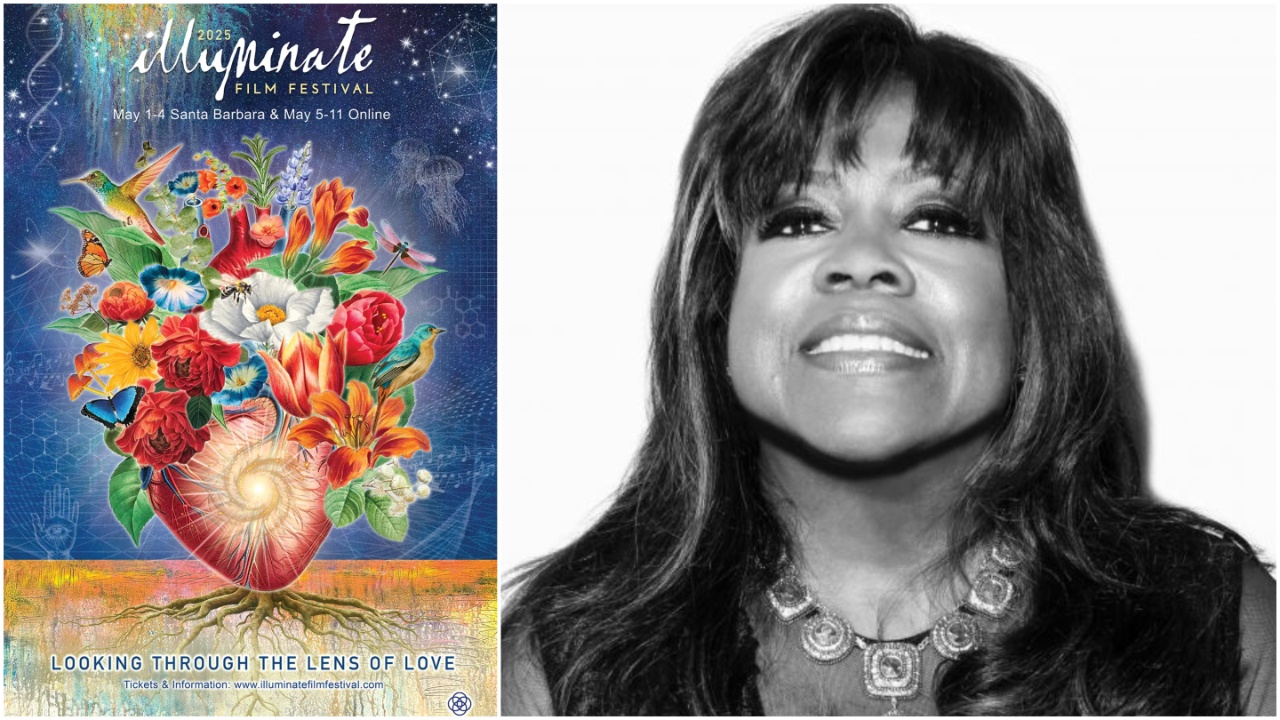
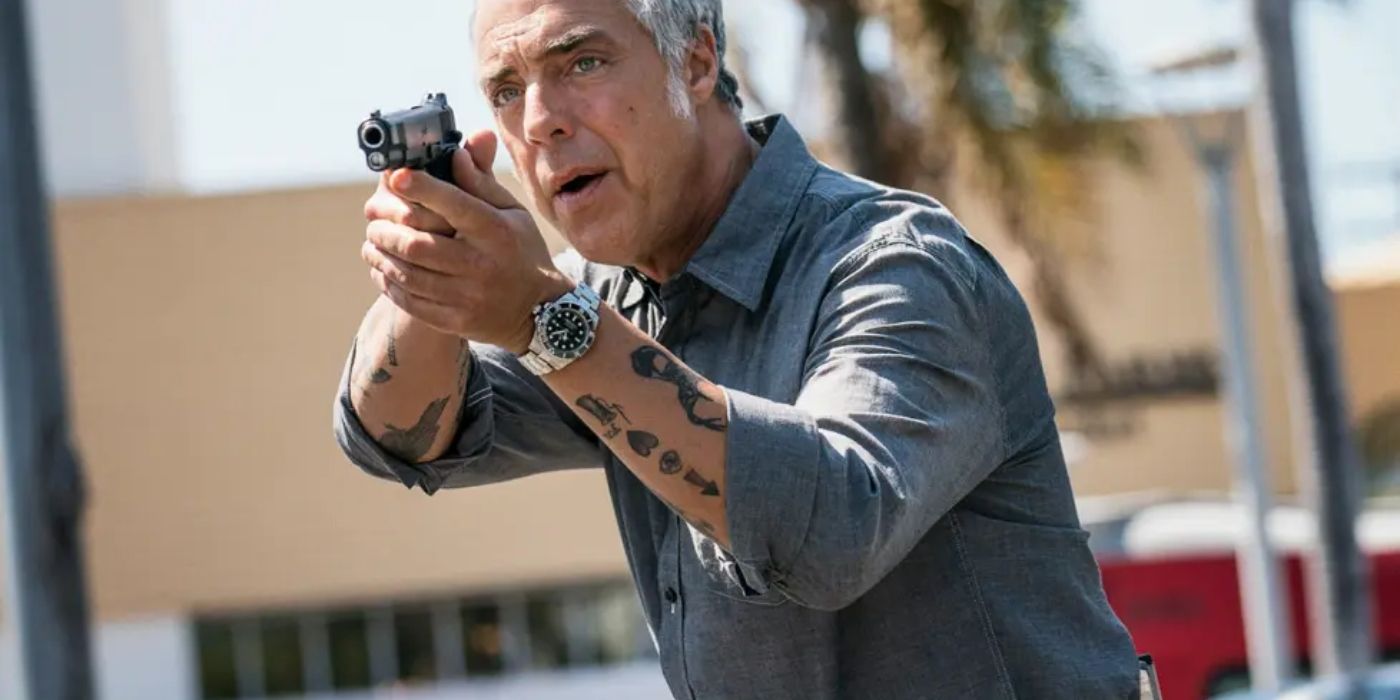






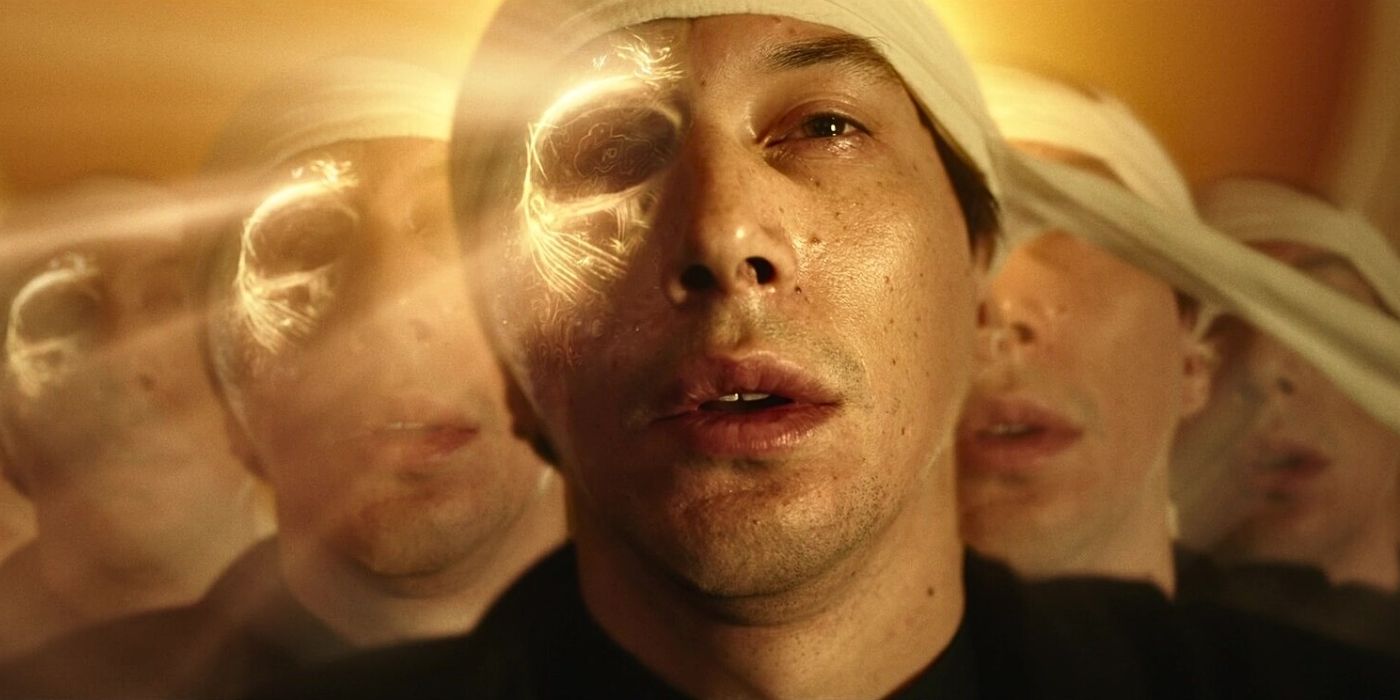
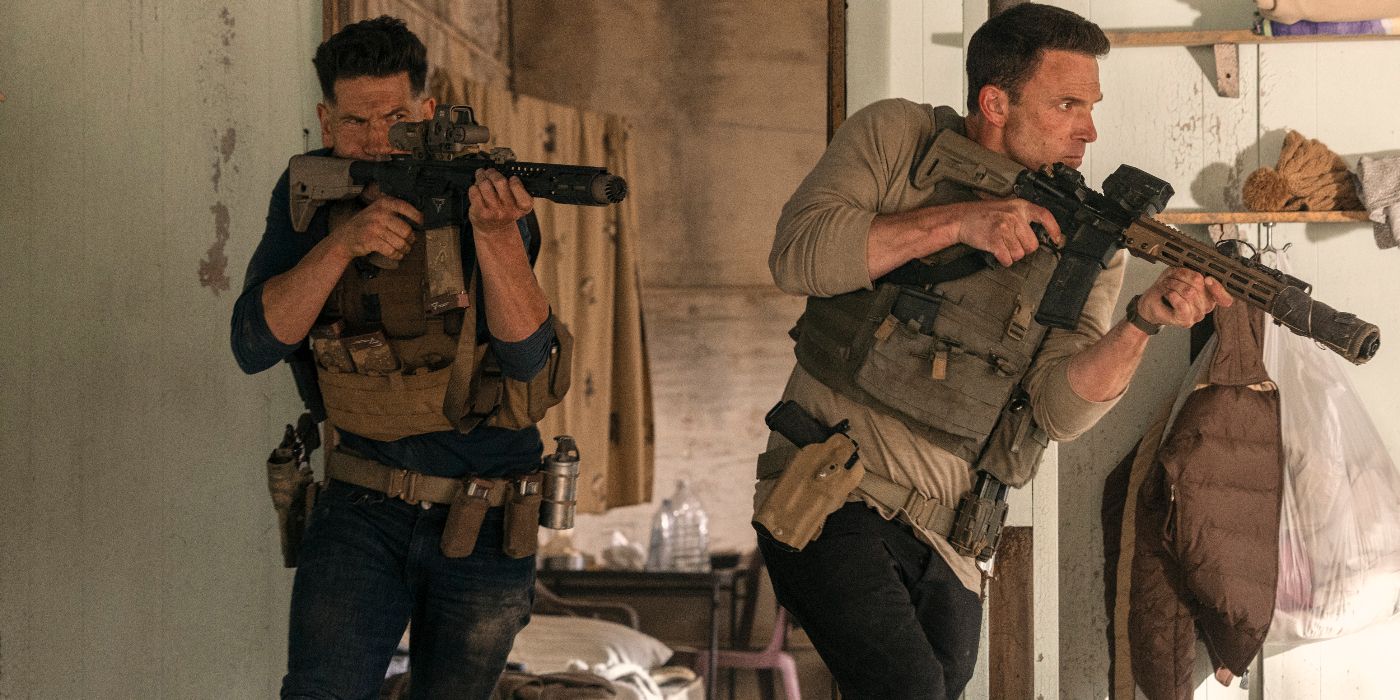

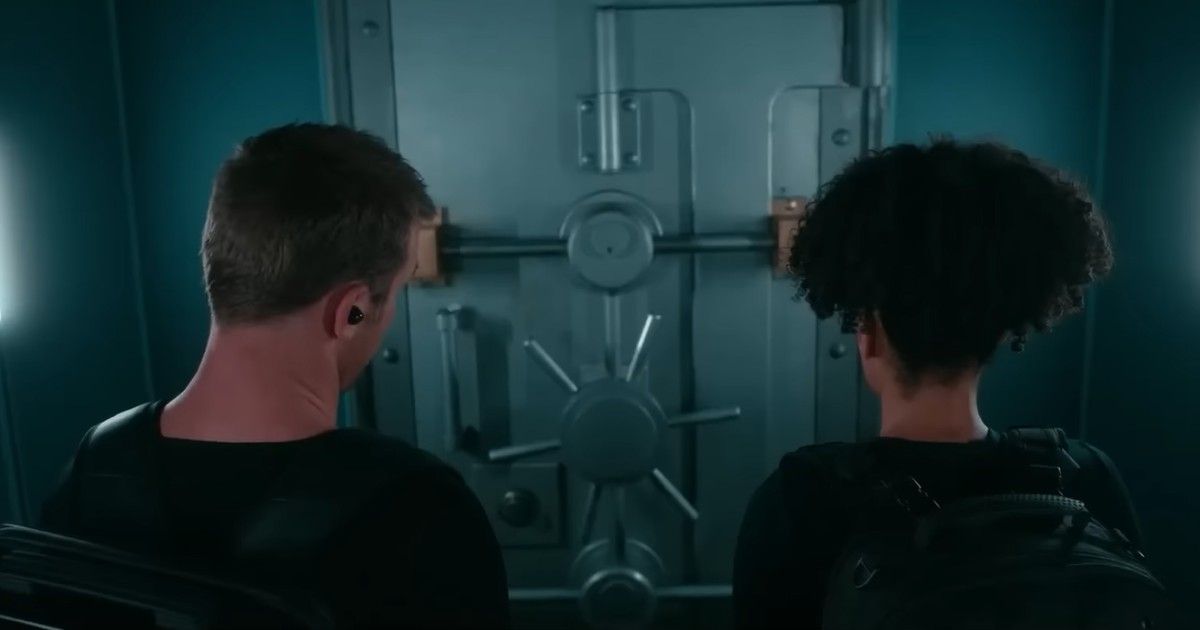


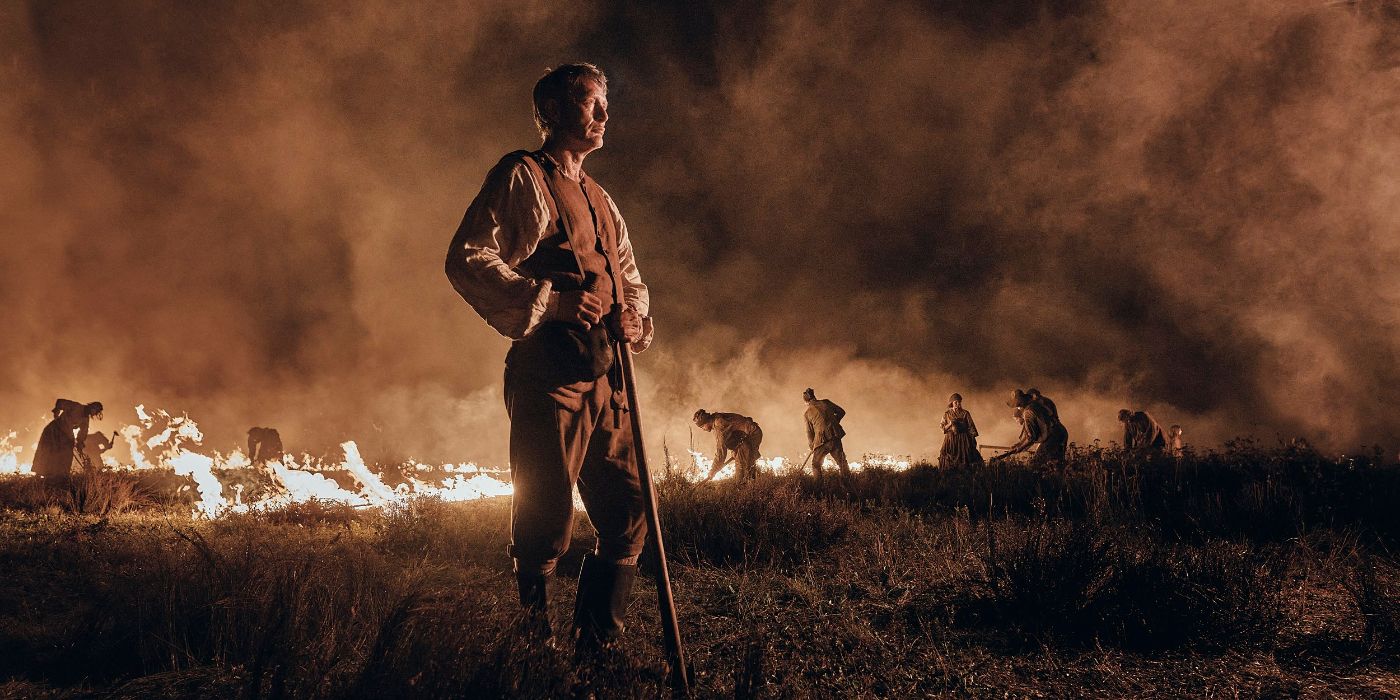


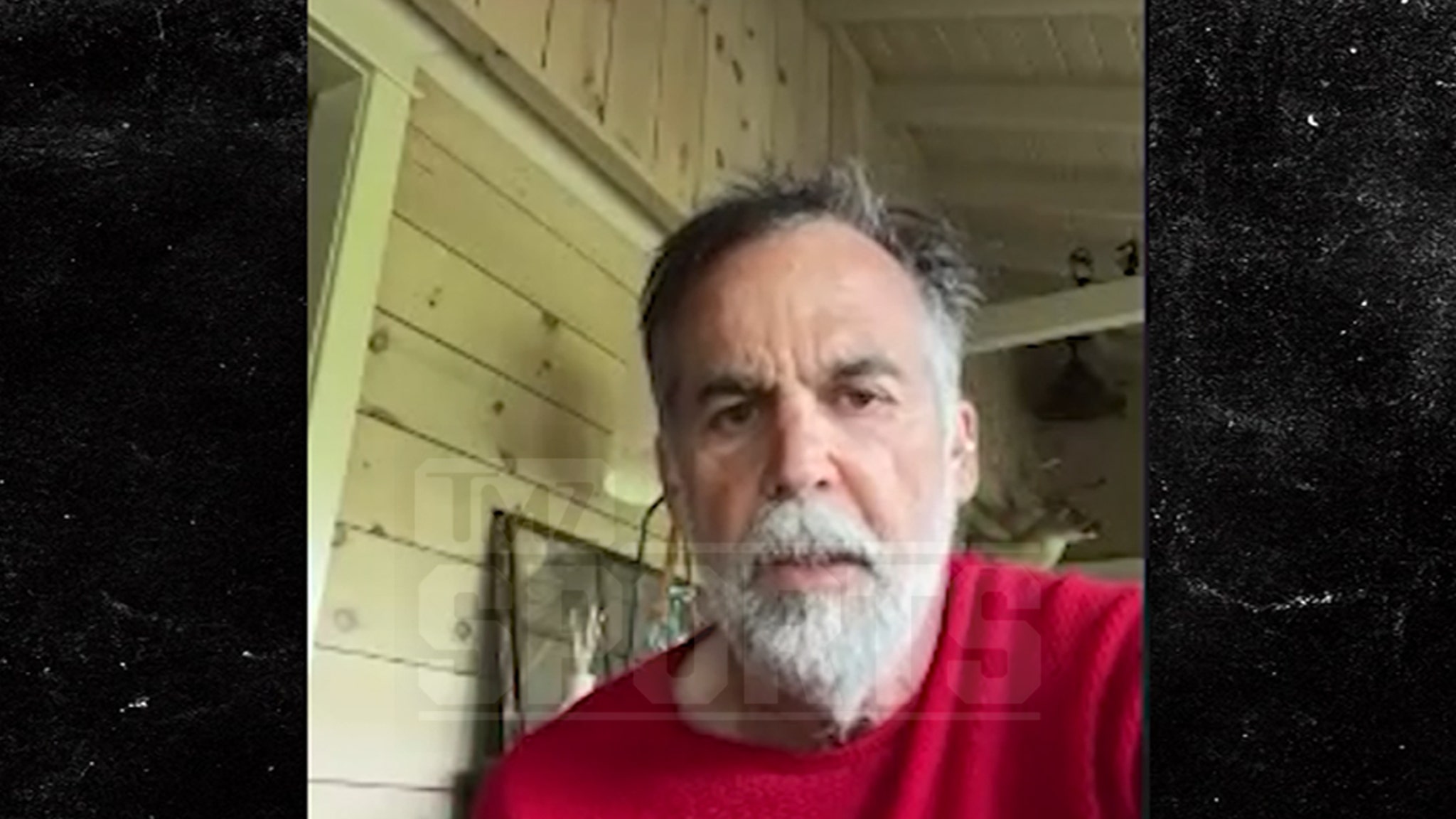
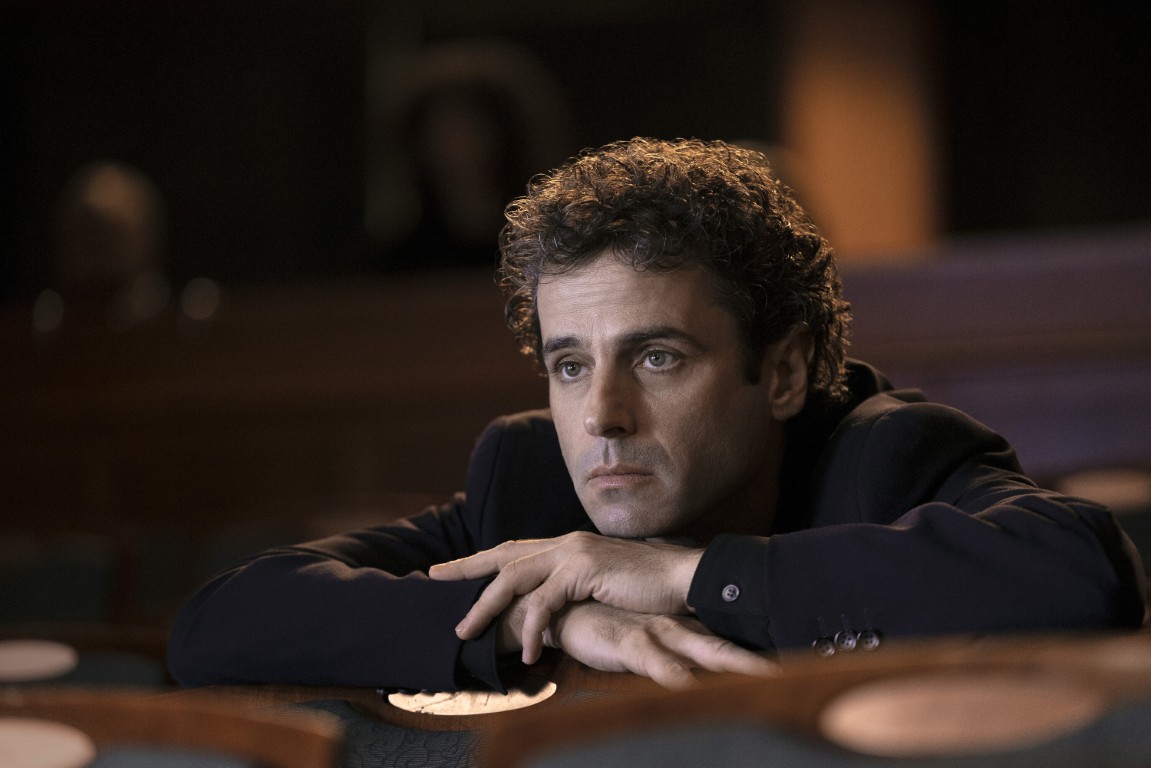

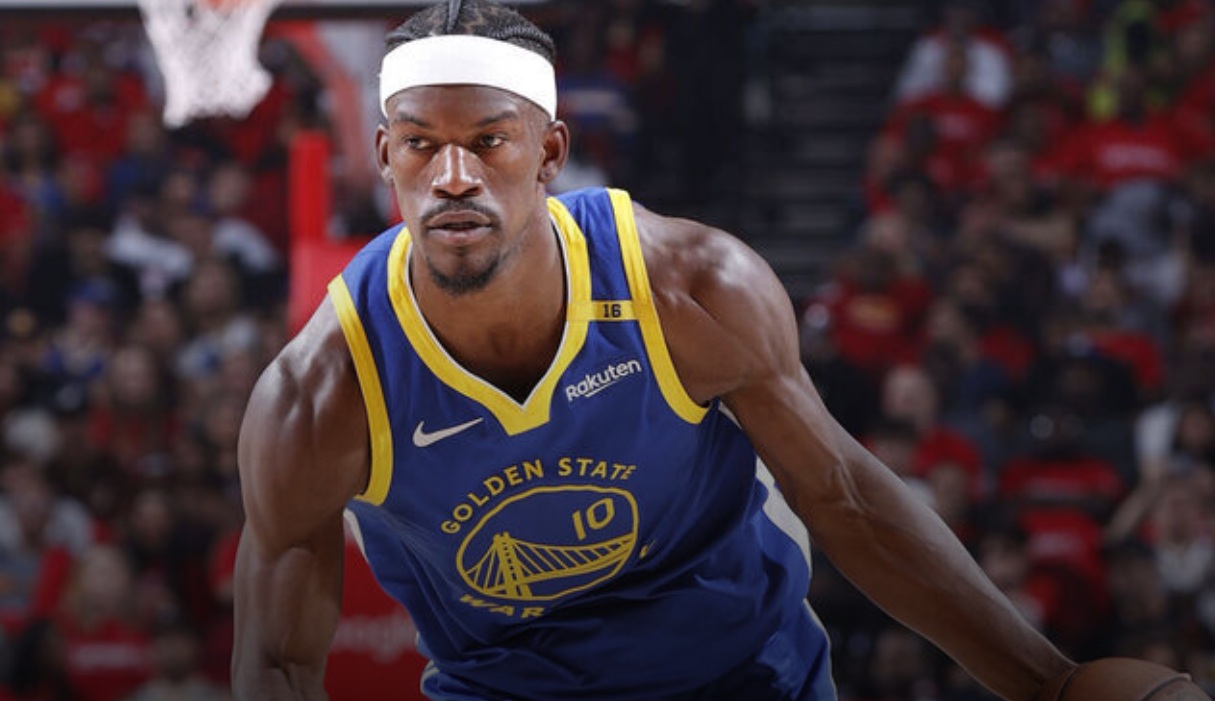
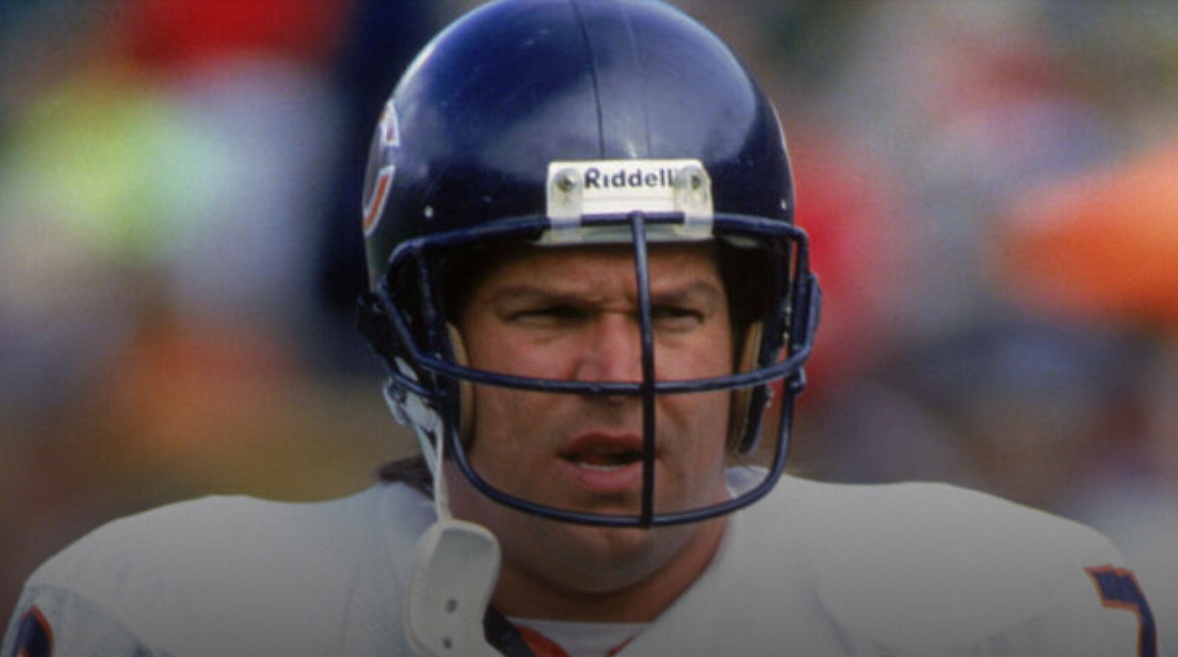

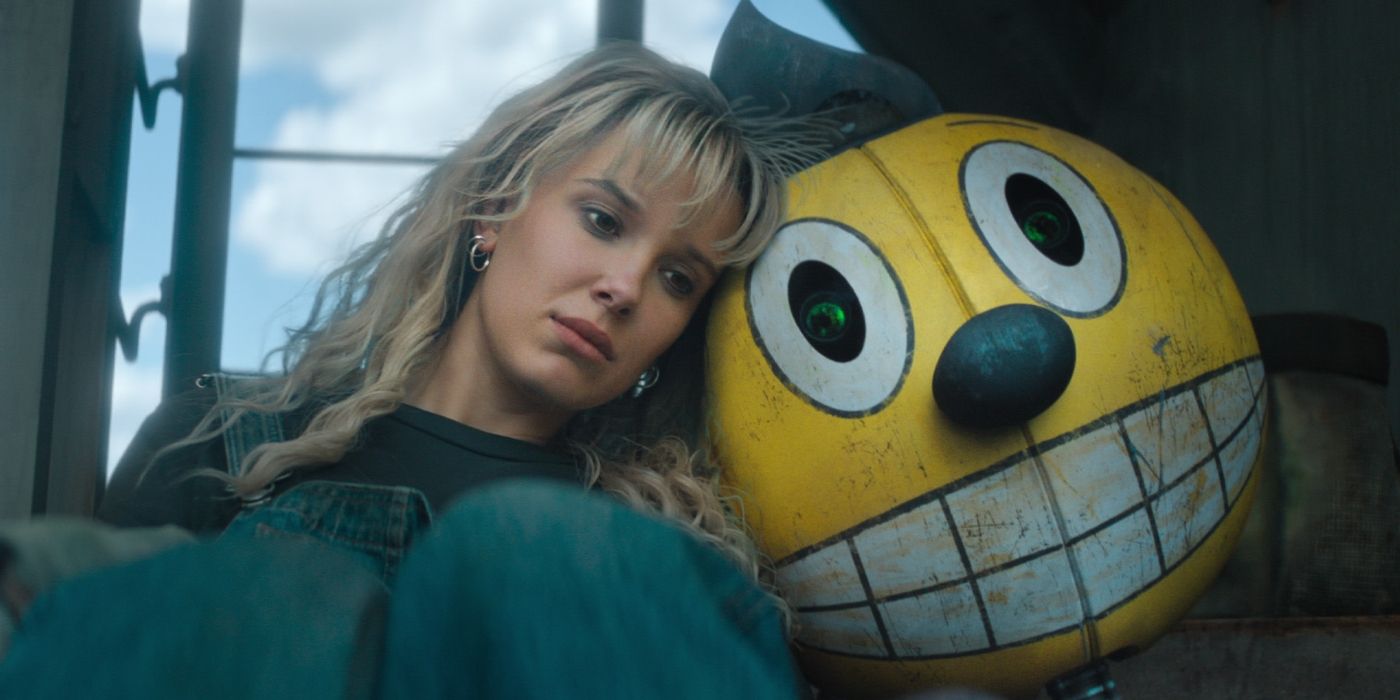
:quality(85):upscale()/2025/04/24/716/n/1922564/e236aec9680a629bacc5a1.57534120_.png)

